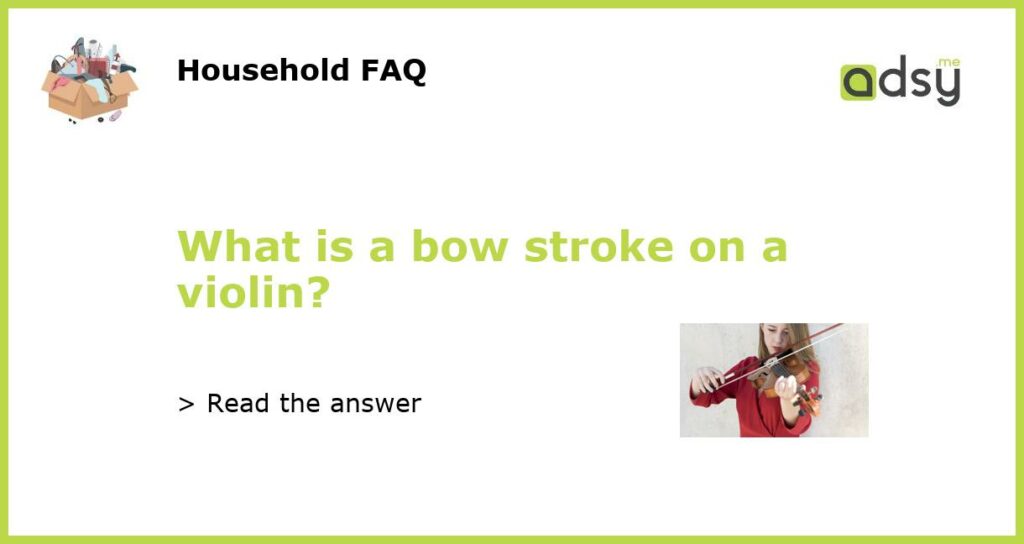Understanding the Basics of a Bow Stroke on a Violin
As a beginner violin player, one of the most important skills to learn is the proper bow stroke technique. The bow is an essential part of playing the violin, and mastering its use is crucial to producing beautiful sounds. But what exactly is a bow stroke, and how can you improve yours?
The Anatomy of a Bow Stroke on a Violin
A bow stroke refers to the movement of the bow across the strings of the violin. The three essential parts of the bow stroke are the point of contact, the speed of the stroke, and the pressure applied. The point of contact refers to where the bow touches the string. The speed of the stroke determines the length of time the bow stays in contact with the string, and the pressure applied dictates the volume of sound produced.
The Different Types of Bow Strokes on a Violin
There are various types of bow strokes that a violin player can use, primarily categorized into separate and connected strokes. A separate stroke is when the bow bounces off the string, producing a detached sound, while a connected stroke involves gliding the bow across the strings, producing a continuous sound. Examples of separate strokes include staccato and spiccato, while connected strokes include legato and portamento.
Improving Your Bow Stroke Technique on a Violin
Improving your bow stroke technique on a violin requires practice and attention to detail. One way to improve your bow stroke is to work on your posture and positioning, ensuring that your arm and hand are relaxed and that your bow grip is correct. Additionally, it is necessary to exercise control by starting slow and building your way up to faster speeds gradually. Paying attention to the quality of sound and the point of contact can also help you master the technique.
The Importance of a Good Bow Stroke on a Violin
A good bow stroke technique on a violin is crucial to producing great sounds and is often the difference between a good player and a great one. Precise control of the bow stroke can mean the difference between a stable tone and a scratchy or muffled one. Thus, understanding the basics and regularly practicing your bow stroke will help improve your overall technique and playing experience as a violinist.





